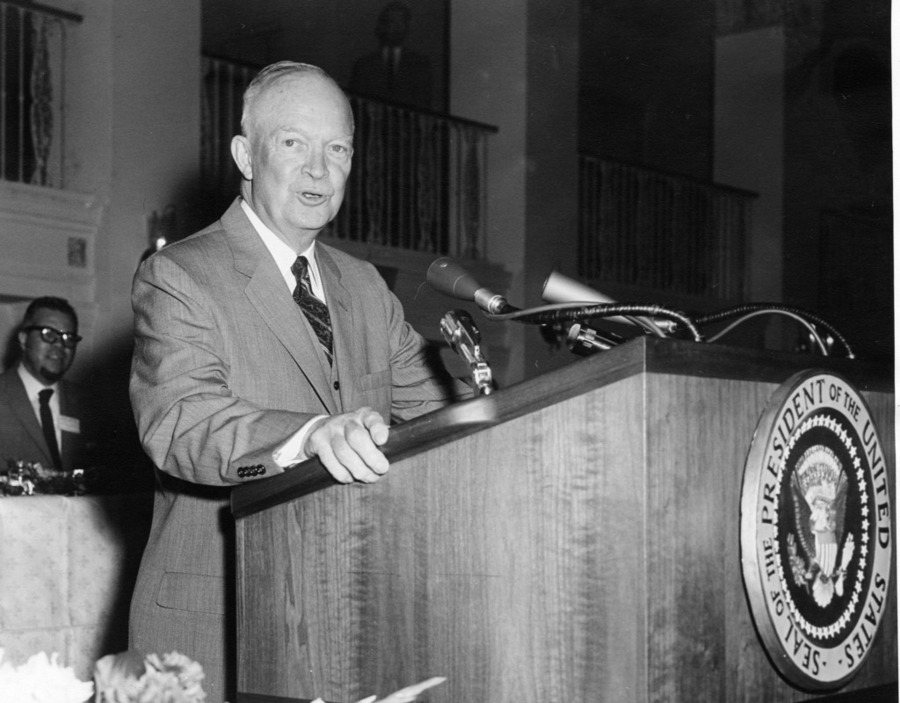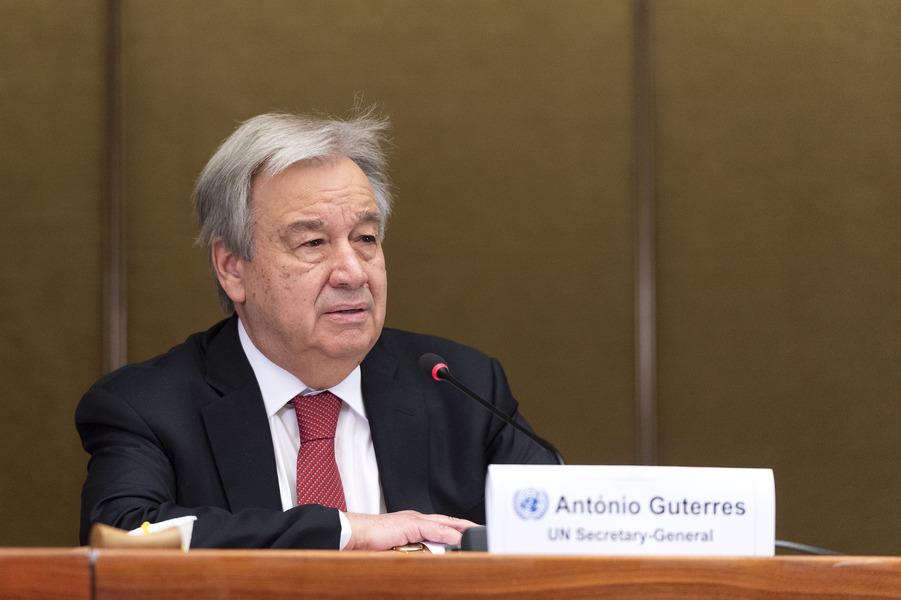Defining Legal/Policy Deviancy Down? An Alternative View of the PPG
I agree wholeheartedly with Ben Wittes and Marty Lederman that there are very few new revelations in the just-declassified Presidential Policy Guidance (PPG) on direct action against terrorist targets, at least compared to what was already known from the previousl
Published by The Lawfare Institute
in Cooperation With

I agree wholeheartedly with Ben Wittes and Marty Lederman that there are very few new revelations in the just-declassified Presidential Policy Guidance (PPG) on direct action against terrorist targets, at least compared to what was already known from the previously released fact sheet, the recent Executive Order, and the trove of speeches by senior Administration officials. However, I am less sanguine than Ben and Marty about the purported virtues of the document, either for its comprehensiveness or moral seriousness.
At the outset, I think we need to acknowledge that the utter vacuity of the ongoing campaign season may have made certain people who care deeply about national security law and policy (i.e., Lawfare readers) wistful for the intellectualism and erudition that are hallmarks of the current Administration. The PPG, although disclosed only under the pressure of litigation, is tailor-made for a readership pining for the reassurances of robust interagency consultation, multiple layers of legal review, and a generous sampling of terminology drawn from the jus in bello, jus ad bellum, human rights, and constitutional law.
The procedures outlined in the PPG may very well be unprecedented in their degree of detail and presidential involvement, but before we unconditionally anoint them as the gold standard, it is worth asking the following: Is this what then-Attorney General Eric Holder had in mind when he said that “‘due process’ and ‘judicial process’ are not one and the same”? For the sake of due process, I surely hope not. We would pay much greater homage to due process by clearly delineating when it is—and is not—due.
I understand that the PPG is couched in policy, not law, and perhaps that is part of the problem. The guidance takes lawfulness almost for granted, based on a determination “in the first instance” by agency counsel, and then proceeds to add policy considerations that are ostensibly more restrictive and protective than the law demands. Never addressed, however, is the crux of the issue—that the legality of targeting and detention under international law is ultimately dependent upon the threshold question of whether the law of war applies.
If not, then all the administrative procedures laid out over the 18-page “playbook” are merely window dressing for unlawful killings and captures. If the law of war is in fact the governing framework, then we need to think hard about the term “areas of active hostilities,” including how much it sounds like “threshold of non-international armed conflict” to international lawyers, how little the international community cares that the 2001 Authorization for the Use of Military Force is geographically unbounded, and how keenly interested President Putin and other nefarious actors no doubt are in the ways we justify the resort to wartime rules.
Indeed, the PPG treats the law of war largely as a throw-in, just one of a handful of “international legal principles” that rationalize U.S. activities. A specialized legal regime that supersedes conflicting peacetime standards once triggered is instead regarded as a constant background presence, somehow undergirding and legitimizing policy decisions that are in any event wiser, better, and more just than the time-honored warrior code of conduct. (As for the PPG’s notion that “national self-defense” is a separate legal paradigm for the conduct of military operations, vice the initial resort to armed force, that is a whole issue unto itself). Directives on the use of force that must comply with the law of war, but can include additional restrictions to account for operational or policy concerns, used to be called rules of engagement (ROEs). The essential ingredient of good ROEs is clarity, which does not appear to be the PPG’s main focus.
Where does all this lead? To paraphrase the New York Times’ Mark Danner, one consequence is to normalize the abnormal. Ben hit the nail on the head when he noted the oddity of the term “nominate” to refer to designating someone for death or detention. But what Ben sees as a matter of terminology I see as the PPG’s guiding spirit. The document is so shrouded in euphemisms, so clinical and antiseptic in its tone, that it reads more like a departmental instruction for routing an award “nomination package” than a primer for combat.
Whatever deficiencies certain human rights advocates may see in the law of war, the fact remains that it was forged through the accrued first-hand experience of warriors over centuries, and thus never loses sight of what’s ultimately at stake: life and death. War can, and must, be regulated, but it can never be bureaucratized or sanitized. That’s because no matter how great our technological edge, or how distant our operators, or how certain our “near certainty,” war is and will always remain the province of George Orwell’s proverbial “rough men” and women who stand ready to inflict violence on those who would do us harm. The day we forget that is the day that the law of war ceases to make sense as a vehicle for restraining war’s worst excesses, and becomes instead an incoherent toolkit for “the best and the brightest” on the National Security Council to pick and choose targeting strategies.
This brings up my final point about the PPG, which is presidential accountability. I won’t quibble with Ben’s lauding the “sense of individual presidential accountability” embodied in the document, and I have certainly been persuaded by Eliot Cohen’s argument that good political leaders take a hands-on approach with their military subordinates. But I don’t think Cohen’s prescription necessarily extends to the President picking individual targets at White House “Terror Tuesday” meetings, which sound more like LBJ’s “Tuesday lunches” than Lincoln searching for the right general to take the war to Richmond. It reminds me of Elaine Scarry’s thesis that nuclear weapons are inconsistent with democracy because they concentrate destructive power in a single set of hands—perhaps something similar could be said of discriminating power?
In short, I have no doubt that the processes described in the PPG were crafted and are undertaken by extremely capable and well-intentioned public servants who are doing their utmost to protect American lives and values. Yet just as some eminently thoughtful authors on this blog are clearly grappling with the political question of whether a reckless and irresponsible tone is disqualifying for high office, we might also ask ourselves whether a cerebral and serious tone compensates for policies that blur legal frameworks and masquerade novel theories as matters of routine interagency review. The answer, I would suggest, is that a certain degree of gravitas is a necessary, but not sufficient, condition for sound legal and policy decisions.




